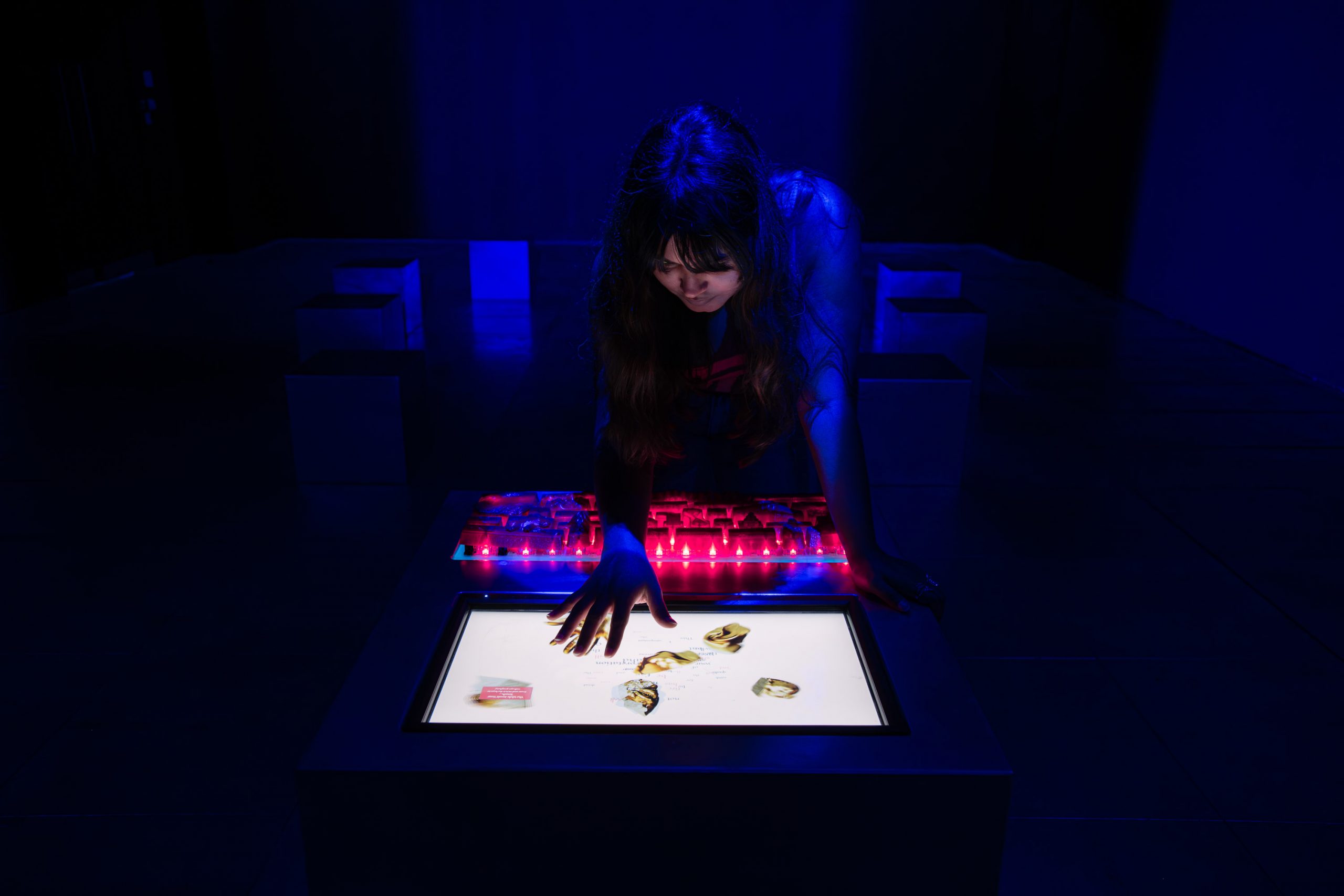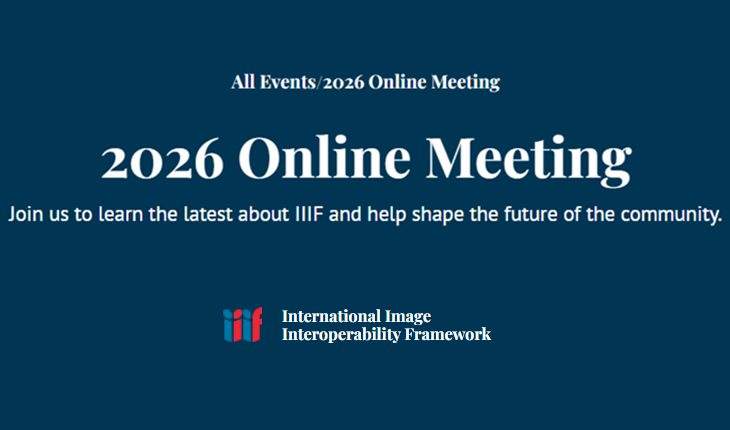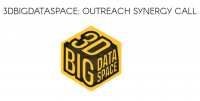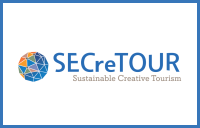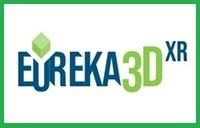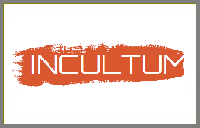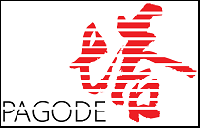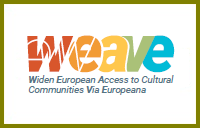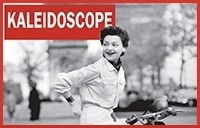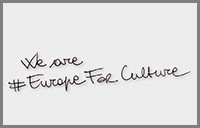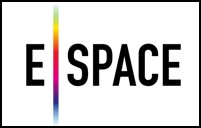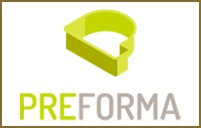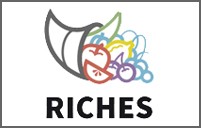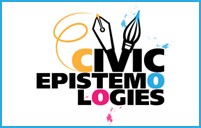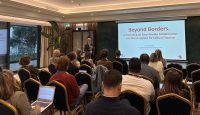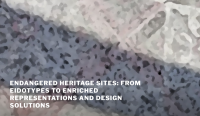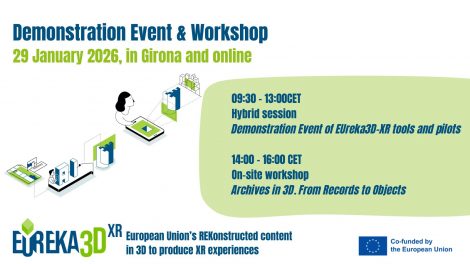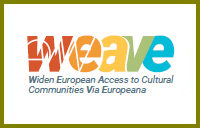This month Emerge Networking is at Coventry MakerSpace – Make, Build, Learn, Hack, Create, Socialise. Based at the Koco Community Resource Centre, the Makerspace is a membership-run organisation that provides people in Coventry with the tools (and space) needed to complete projects. You can learn a new skill, try out new tools and socialise with like-minded makers.

Richard Knowles, founding Director of Makerspace, will talk about the space, its membership model and philosophy and there will be opportunities to tour the space and try out tools and resources.
Following the talks there will be plenty of time for Q & A and networking and refreshments will be available.
Emerge is an informal networking event for creative people which takes place on the 3rd Thursday of each month. It’s a chance to make new contacts and keep up to date with news and opportunities in the region. It’s managed by the Creative Enterprise team and is part funded by ERDF, Coventry University and Coventry City Council.
Where: Coventry MakerSpace, Koco Community Resource Centre, 15 Arches Industrial Estate, Coventry CV1 3JQ.
Emerge is a free event but please click here to reserve your place.
For further info visit creativeenterprisecoventry and coventrymakerspace.



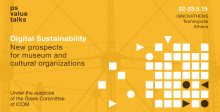
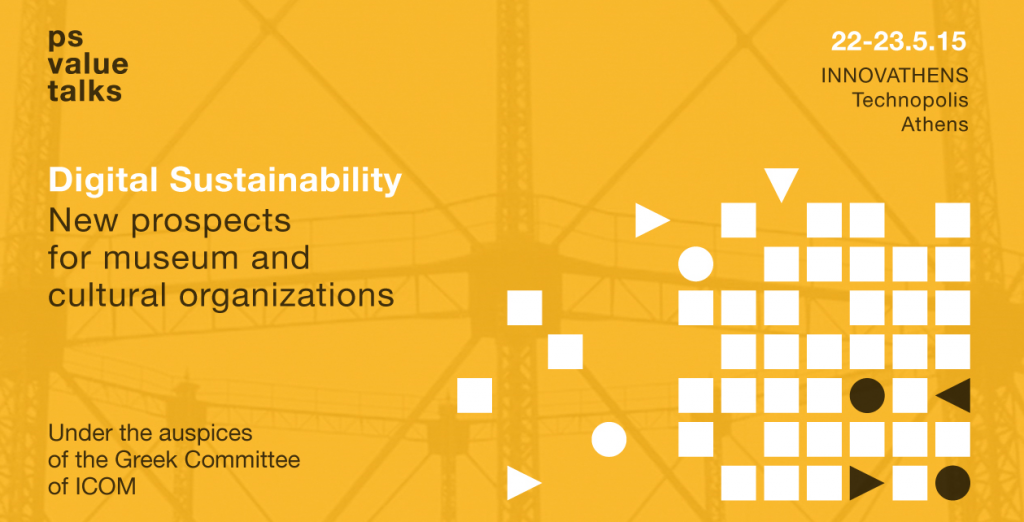
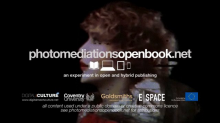

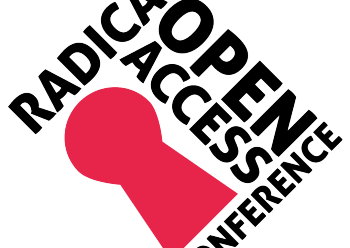 Last but not least, the pilot leader Joanna Zylinska gave a presentation about Photomediations: An Open Book at the
Last but not least, the pilot leader Joanna Zylinska gave a presentation about Photomediations: An Open Book at the 


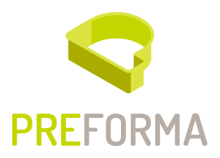
 Are you interested in participating in this process?
Are you interested in participating in this process?
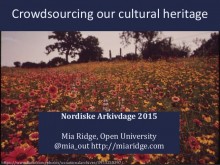
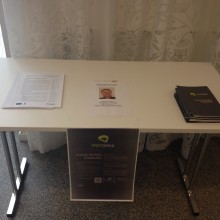 Magnus Geber from Riksarkivet (National Archives of Sweden) visited the Nordic Archival Conference “Nordiske Arkivdage 2015” which was held in Copenhagen on 6-8 June 2015. PREFORMA featured with a poster and a small booth where hand out information material (booklets and factsheets) were available.
Magnus Geber from Riksarkivet (National Archives of Sweden) visited the Nordic Archival Conference “Nordiske Arkivdage 2015” which was held in Copenhagen on 6-8 June 2015. PREFORMA featured with a poster and a small booth where hand out information material (booklets and factsheets) were available.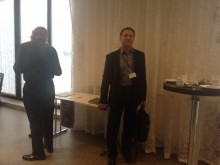 Before the conference there was a small separate meeting with IT-archivist from the National Archives of the Nordic countries. There Magnus Geber delivered a short presentation of PREFORMA, informing the attendees about the status of the project and the latest achievements. During the meeting there was also a presentation of E-ARK, sister project of PREFORMA.
Before the conference there was a small separate meeting with IT-archivist from the National Archives of the Nordic countries. There Magnus Geber delivered a short presentation of PREFORMA, informing the attendees about the status of the project and the latest achievements. During the meeting there was also a presentation of E-ARK, sister project of PREFORMA.

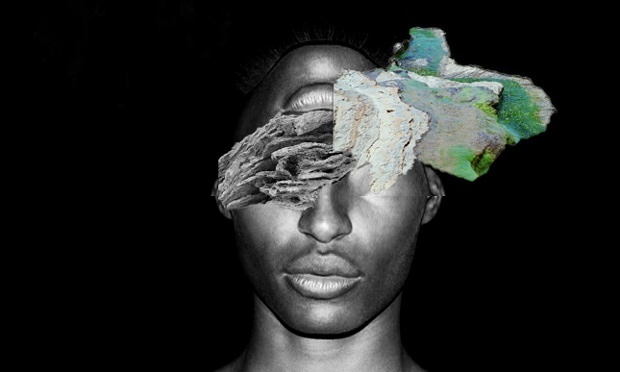
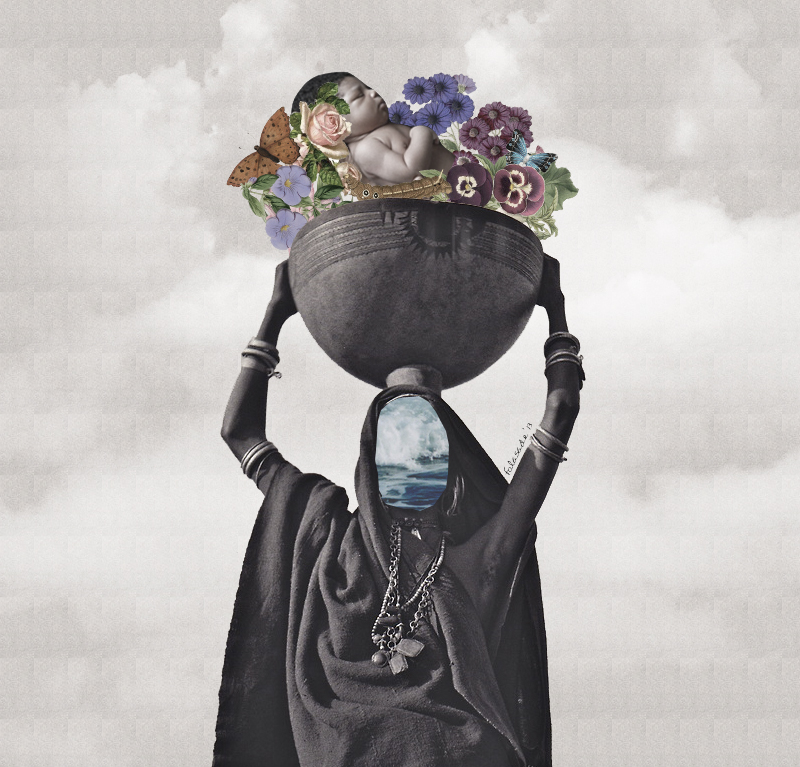
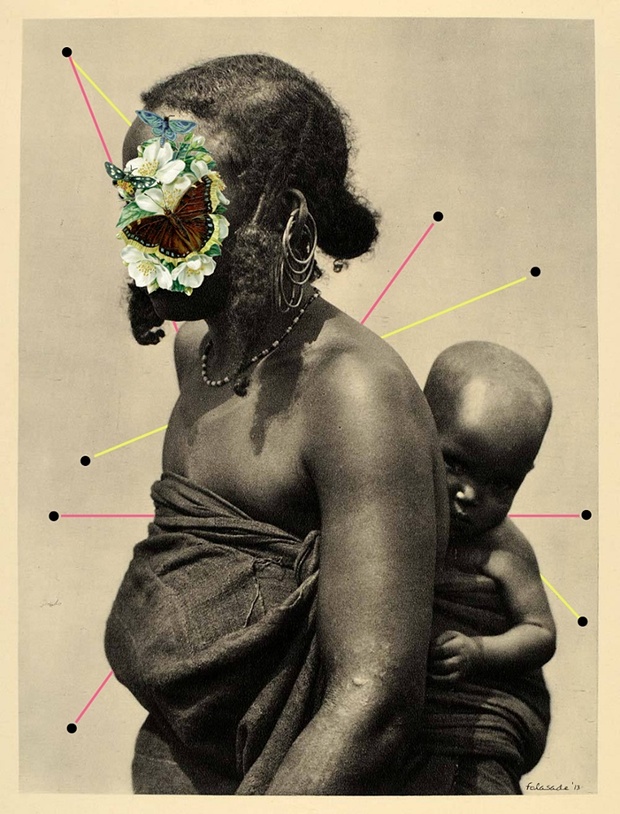

 Objective of the course is to provide students with digital skills specific for academic digital editing. The course will focus on text processing through XML languages and particularly on TEI (Text Encoding Initiative), labelling system specifically designed for digital humanities.
Objective of the course is to provide students with digital skills specific for academic digital editing. The course will focus on text processing through XML languages and particularly on TEI (Text Encoding Initiative), labelling system specifically designed for digital humanities.